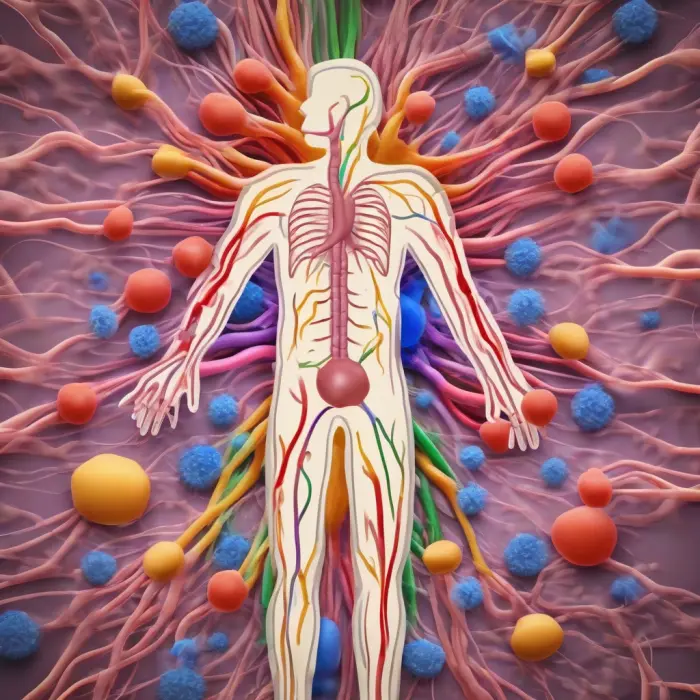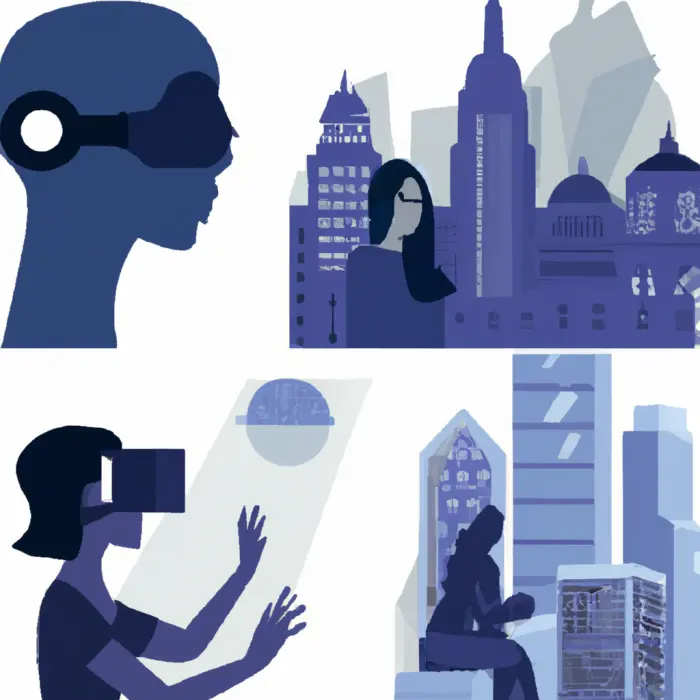The Science of Optical Illusions: Facts About Visual Deception
Optical illusions have fascinated and bewildered humans for centuries. They can make us see things that are not there, perceive stationary objects as moving, and even trick us into believing that black is white. But what is the science behind these eye-bending phenomena? Below, we explore the intriguing world of optical illusions and reveal some surprising facts about visual deception.
Understanding Optical Illusions
Optical illusions are visual phenomena that occur when the information that the eye gathers is processed in the brain in a way that contradicts physical reality. In essence, they are discrepancies between the reality and our perception of it. This capacity for deception is due to the complex processes of vision – how our eyes interpret light, colours, contrast, and patterns – and how our brains subsequently interpret this information.
The Role of Light
Light plays a crucial role in optical illusions. Since our eyes interpret different wavelengths of light as different colours, optical illusions often use colour to trick our brains. For instance, two identical objects can seem to be different colours when they are presented against contrasting backgrounds. This happens because of a phenomenon known as color constancy, which enables us to perceive the constant or invariant color of an object under varying lighting conditions. In the realm of optical illusions, however, this ability can sometimes be manipulated to create visual deception.
Types of Optical Illusions
Over the years, scientists have categorized optical illusions into several types, including physiological illusions, cognitive illusions, and perceptual illusions. Physiological illusions arise from the effects of prolonged stimulation of the eyes or brain, such as afterimages, whereas cognitive illusions involve unconscious inferences, as in the case of paradox illusions and ambiguous illusions. Perceptual illusions, on the other hand, occur when our brains continuously try to make sense of the world, often making automatic interpretations and assumptions based on the incomplete visual information it receives.
Fascinating Facts About Optical Illusions
Let's take a look at some fascinating facts about optical illusions. Optical illusions have been studied for centuries, with some of the earliest known examples discovered in ancient Greece. The philosopher Aristotle was among the first people to document optical illusions, describing how a stationary, dark object could appear to move when placed against a swirling background.
Another remarkable fact is that optical illusions provide valuable insights into how our brains work. By studying how people perceive these illusions, neuroscientists can gain a better understanding of how the brain processes visual information. Moreover, some illusions can even give clues about certain brain disorders. For instance, people with schizophrenia are sometimes less susceptible to certain types of illusions, suggesting a difference in how their brains process visual information.
Conclusion
While optical illusions might be mind-bending and sometimes unsettling, the science behind them is fascinating, touching on several areas such as physics, biology, psychology, and neuroscience. Essentially, these phenomena are testament to the complex and intricate processes of human vision, offering a fascinating glimpse into the workings of our mind. So, the next time an optical illusion fools you, remember - it is not a sign of weakness, but rather a remarkable demonstration of your brain's powerful interpretive skills.










